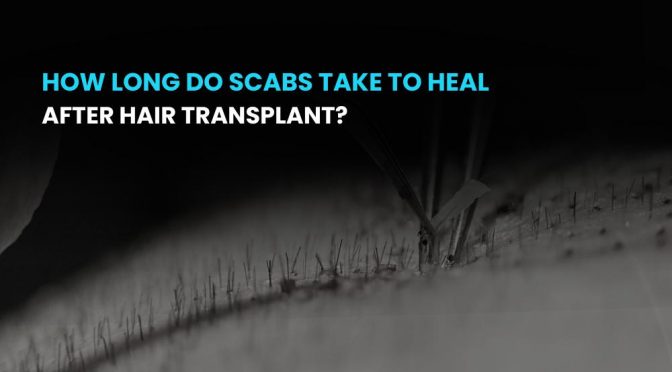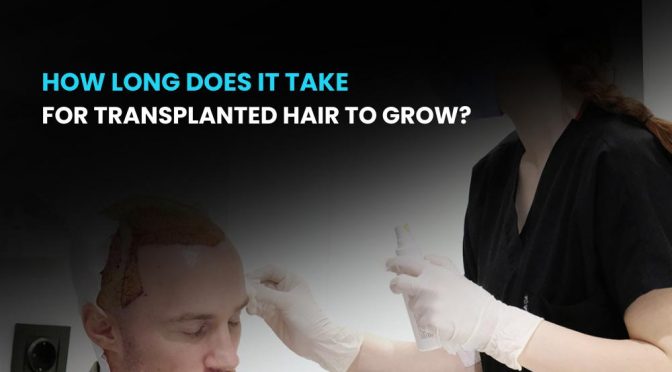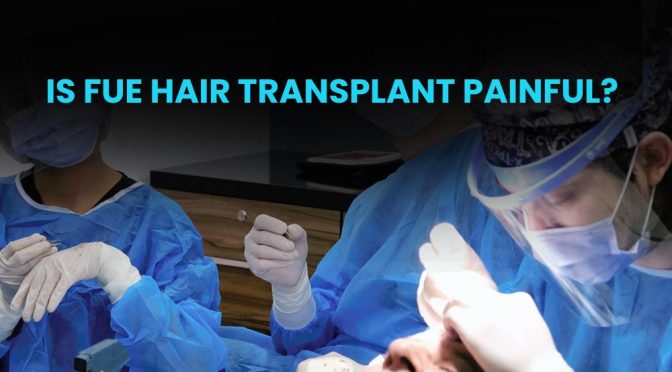A hair transplant is a perfect solution for men with receding hairlines to gain back their lost confidence and youthful look. That stated people who have already gone for a transplant or are planning to, ask a lot of questions. One of the most frequently asked questions is, ‘How long do scabs take to heal after a hair transplant?’
Scabs after a hair transplant are common. Scabs will start appearing in the places that received hair grafts just after a day or within three days. These scabs are your body’s way of healing the areas on your head that went under the surgeon’s knife. The scabs will dry out and fall off your body in about a week or ten days at max.
So what should you do after having a hair transplant to limit scab formation?
You would need to keep the following things in mind:
Do not wash your hair or disrupt the graft site for at least a day post-procedure
Avoid washing your hair for at least a day after you have had your hair transplant procedure. If you fail to do so then you might disrupt the graft site and the transplanted hair follicles.
After a day is over since you have had the transplant, gently wash your scalp using your fingertips. You might have the urge to scratch your itchy scalp – please avoid doing that!
While washing your hair, ensure that the water pressure of the shower head is set to low. Avoid rinsing your scalp with hot water. It is best that you use a mild shampoo on your scalp and rinse the same with cold water.
Do not pick on or scratch the graft site!
After about one to two days since you had the hair transplant procedure, scabs will start forming in the graft areas on your scalp. These will dry out and fall off your scalp after a week to ten days – as mentioned earlier. When the scabs fall off, there is a chance that you may witness a few hair strands falling off with them as well. There is nothing to worry about here since this is normal.
Avoid picking on the scabs. If you fail to do so, you might be looking at your grafts getting infected and you sure wouldn’t want that now, would you!?
Apply a warm cloth on the graft area to reduce swelling
The graft area will be showing signs of ingrown hair(s) after several weeks you have had the procedure. Ingrown hair(s) will assume the appearance of painless bumps or pimples. Do not pick on them!
If the scabs start to swell then it is best that you heat a soft dry cotton cloth and apply the same in the graft area. You would need to do this for about ten minutes, three times, over three days. If you still see that the swelling is not going away, it is best that you get in touch with your doctor at the hair transplant clinic.
Conclusion
A hair transplant falls under the category of mild surgery. This means that post-procedure care is a must to achieve desired results and keep issues at bay. Be sure to follow the post-procedure care tips mentioned in the above sections with due diligence. If problems arise, be sure to get in touch with your hair transplant specialist right away!


